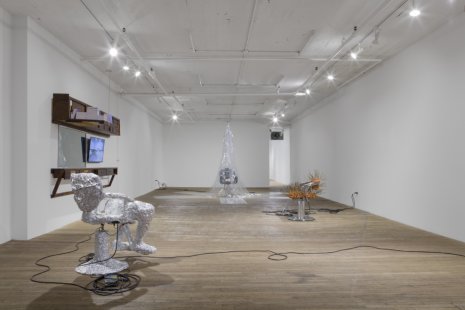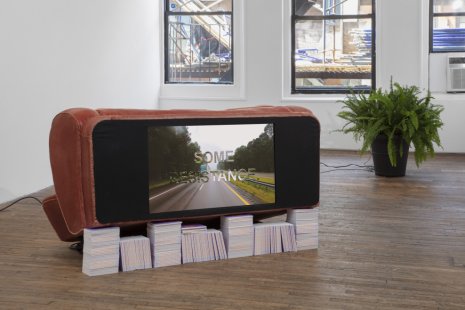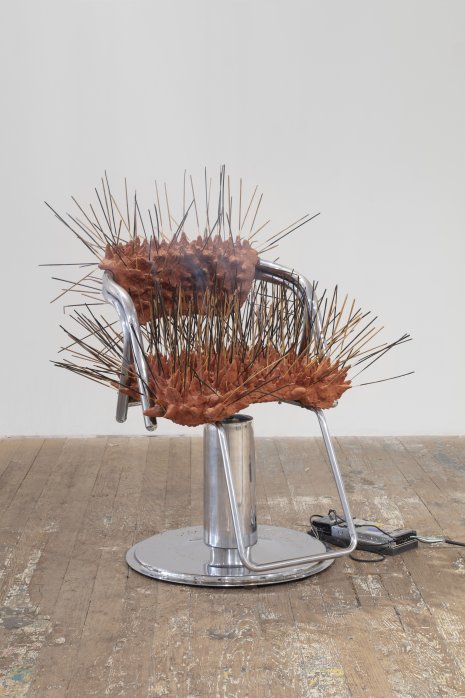In Sondra's Words...
My practice interrogates technology’s role in shaping how the world perceives me and, by extension, how I come to perceive myself. It’s as if each technological layer adds its own ideological “filter,” superimposing beliefs and biases onto material reality—like strata in a geological formation or layers of frosting on a cake. These images and ideas crystallize into the structures we navigate daily, structures so pervasive they feel almost tangible.
I use AI as a metaphysical filter to see what cannot be seen, to bridge (badly) what I’m searching for—a complete picture. But this technology, too, is caught up in corporate capture. The slipperiness between AI presenting itself as a tool for transcendence and as a corporate machine is precisely the point. It’s a new, postmodern god: one of accumulation, image reincarnation, theft, and capture through the act of asking, receiving, and taking. But I know there are no gods. This cycle has its environmental consequences too, as the technologies we worship often destroy the very world they’re built on. And yet, despite these realities, I am drawn to the parallels AI offers in how it generates images I, as a human, cannot create on my own. I am limited in my ability, but, in using this technology, I find myself moved—touched by something larger than myself despite all the contradictions it embodies.
My sculptures offer a stark contrast to this ethereal digital creation. They are objects of material reality, touched and shaped repeatedly through physical labor. The barbershop chair sculptures are made with aluminum foil, incense, mushrooms—materials commonly found in the conspiracy theory, homesteader, hotep, self-reliance crowd. People searching for answers but unable to live with the contradictions of their own world-making. I empathize with their search, though I move away to avoid getting caught up in the fantasy. There’s clarity in how these objects are made. They are loud, slow-moving, and sometimes creak. You can see the control boxes, the computer brains of these objects. Though you may not know exactly how they were programmed, you can still see what they are doing—there’s no ambiguity about their materiality. At this moment in my life, I’m torn between holding onto a bit of magical thinking, a kind of delusion, while also needing to stay grounded in what is real. It’s a balancing act: resisting the pull of technological fantasy while maintaining a firm grip on the physical world.






